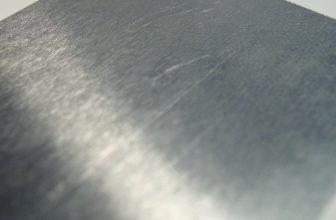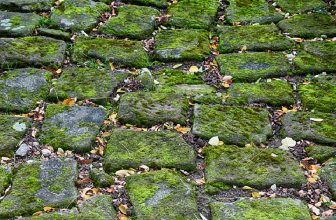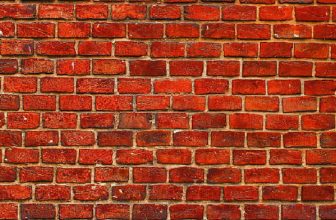How to Clean a Fish Tank Without a Gravel Vacuum
Regularly maintaining your fish tank is essential for the well-being of your aquatic friends and a clean, healthy environment. But how do you keep the tank neat and tidy without a gravel vacuum? Most beginner aquarists assume that the only way to deep clean the substrate in their tanks is via one of these tools – however, this isn’t necessarily true!
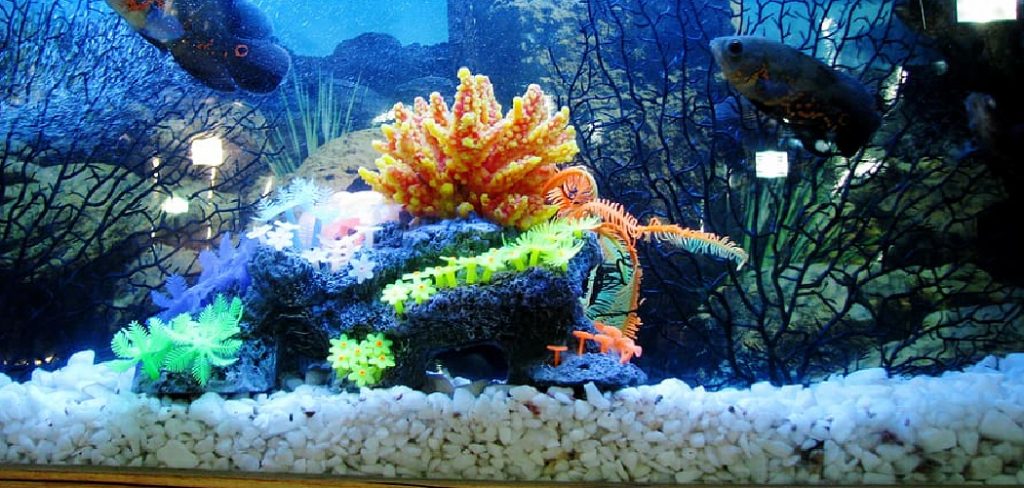
In this blog post, we’ll share with you easy steps on how to clean a fish tank without a gravel vacuum. Read on to learn all about it!
16 Step-by-step Guidelines on How to lean a Fish Tank Without a Gravel Vacuum
Step 1: Gather the Supplies You’ll Need
A bucket or bowl, a net, and some aquarium-safe cleaning solutions. You may also need a pair of gloves depending on the type of cleaning solution you’re using. This will help protect your hands from any potential irritants. Remember never to use any cleaning product designed for home or kitchen use on your tank.
Step 2: Remove the Fish and Other Aquatic Life
Carefully remove your fish and other aquatic life with a net and place them in a safe container with enough water to cover them. You can either keep them in the same water you’re about to clean or use a separate bucket of treated aquarium water. This will help keep your fish safe while you clean the tank.
Step 3: Empty Out The Tank Water
Carefully pour the tank water into the bucket or bowl. This can be done by using a small pitcher cup. Then, discard the water in a safe place. You should never pour it down the drain as this could contaminate local water sources. It is also important to note that you can save the tank water and use it for future water changes or treatments if needed.
Step 4: Clean The Tank And Decorations
Using an aquarium-safe cleaning solution, wipe down and clean your tank’s inside walls and decorations. This will help remove any excess buildup of algae or grime. Use an aquarium brush to reach out-of-the-way areas. Then move on to the next step.
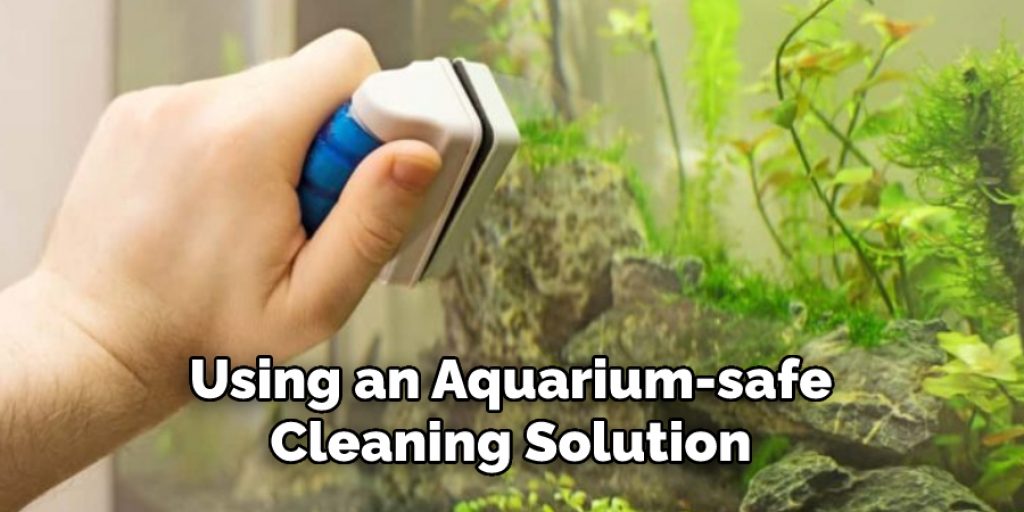
Step 5: Rinse The Tank and Decorations:
Once the tank has been thoroughly cleaned, rinse it and the decorations with clean water. Rinse all cleaning solutions from your tank before moving on to the next step. Be careful not to leave any residue behind as this could harm your fish.
Step 5: Remove Any Algae
Take a soft cloth or scrubber and remove any algae that have built up on the interior of the tank. This can be tedious, but it is essential for creating a clean and healthy environment for your fish. You must be careful to remove all of the algae from the tank.
Step 6: Fill The Tank With Clean Water
Fill your tank with fresh, clean water to replace what you removed. Be sure to use dechlorinated water if it’s necessary for your type of fish. It’s also important to ensure the water temperature matches your aquarium’s. But be sure to wait until the water temperature has stabilized before adding your fish back in.
Step 7: Add Aquarium-Safe Cleaning Solutions
Mix in the aquarium-safe cleaning solutions according to the instructions on their label and let it sit for 10 minutes. This will help break down any debris or build-up in your tank. You can then use a net or turkey baster to remove any floating debris. It’s important to note that the cleaning solution should be chemical-free and not contain any chlorine, bleach, or other potentially toxic chemicals.
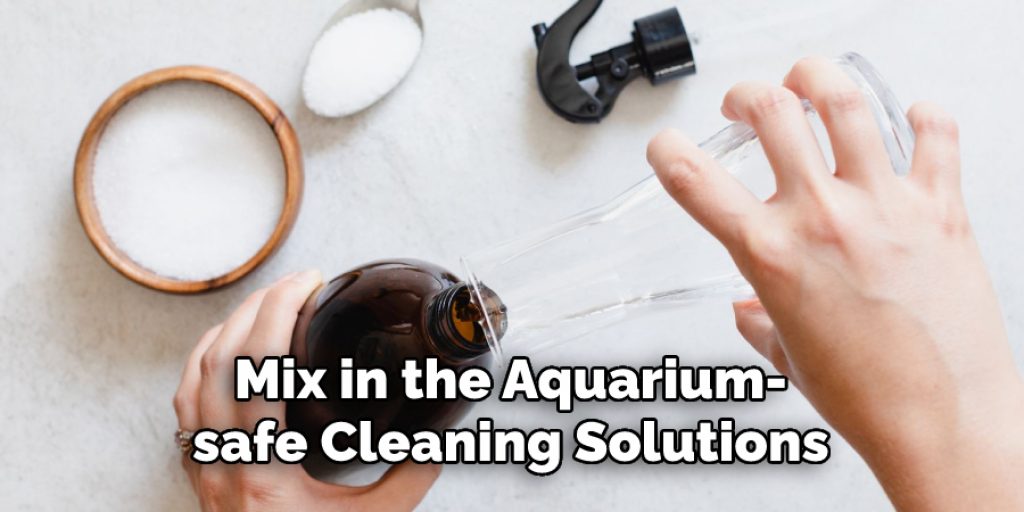
Step 8: Use a Sponge To Scrub The Tank
Using a sponge or scrubber, gently scrub the interior of the tank to remove any debris that has built up. You may also want to use an aquarium brush to get into tight spots. Pay special attention to corners and other hard-to-reach areas where debris can accumulate.
Step 9: Rinse The Tank Out Thoroughly
Once you’re done scrubbing, rinse out the tank with clean water to make sure all of the cleaning solutions are removed. You may need to repeat this process several times until the tank is completely clean. It’s important to make sure that all of the cleaning solutions are completely gone before adding your fish back in.
Step 10: Refill The Tank With Clean Water
Refill the tank with clean, dechlorinated water. Make sure the water temperature is the same as with your fish. Add any aquarium-safe treatments to get your tank back in proper condition before adding your fish.
Step 11: Clean The Filters
Remove the filters from your fish tank and use an aquarium-safe cleaner to scrub them carefully. Don’t forget to rinse it off before adding them back in! This step is essential for keeping your tank clean and healthy. But ensure the water temperature is equal before attaching the filters to your tank.
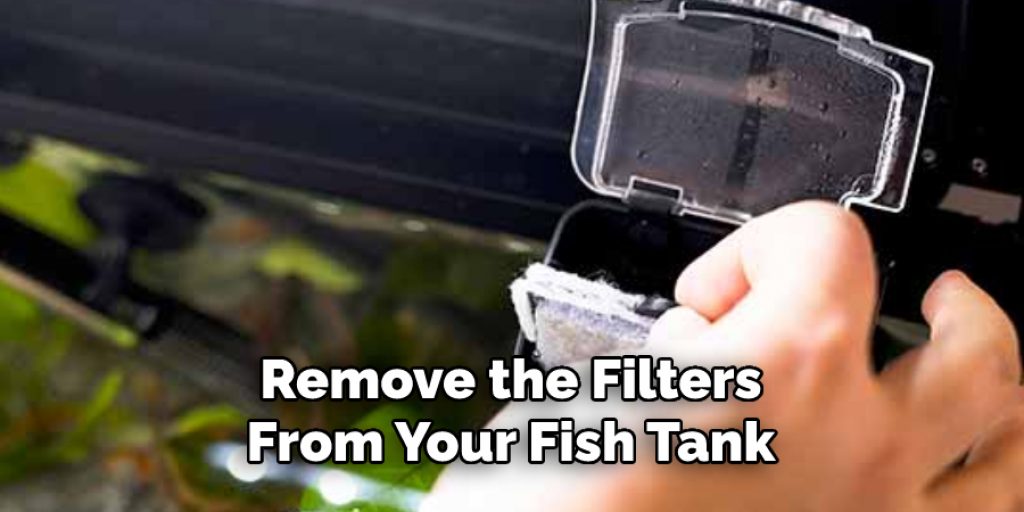
Step 12: Add The Fish And Other Aquatic Life Back Into The Tank
Place the fish and other aquatic life back into their tank, making sure to add the same water you removed them with. You will want to keep the tank lights off for a few hours so your fish can adjust and settle into their new environment. If the tank has an oxygenator, make sure to turn that on before adding your fish.
Step 13: Refill Any Lost Water
If some of the water has evaporated during your cleaning process, refill the tank with dechlorinated water. You may also want to add some aquarium-safe water treatments to the tank if necessary. It’s important to keep the water levels at a consistent level in order for your fish to remain healthy and happy.
Step 14: Test The Water Parameters
Use a testing kit to make sure that all of the water parameters in your fish tank are still safe and within acceptable ranges. This includes the pH, ammonia, nitrate levels and any other chemicals that may have been altered during the cleaning process. Adjusting these parameters as needed can help prevent any health problems for the fish and other aquatic life in your tank.
Step 15: Readjust The Temperature And Lighting Of The Tank
Make any necessary adjustments to the temperature and lighting of the tank, as these can affect the health and well-being of your fish. You will also want to check the filter and make sure it’s running properly. Remember to keep the tank lights off for a few hours after adding your fish to give them time to adjust.
Step 16: Monitor The Tank Regularly
Be sure to monitor your tank regularly to make sure that it’s clean and free from any debris or build-up. This will help keep your fish healthy and happy. If you notice any changes in the water parameters or other signs of distress in your fish, take immediate action. After all, a healthy tank is the best environment for your fish.
And there you have it – an easy guide on how to clean a fish tank without a gravel vacuum! With these steps, you can keep your fish tank in tip-top shape and provide the best environment for your aquatic friends. Good luck!
What is a Gravel Vacuum?
A gravel vacuum is a tool designed to help clean the substrate in an aquarium, such as aquarium gravel or sand. Gravel vacuums usually consist of a tube with a nozzle at one end and a suction device for sucking up dirt and debris from the gravel bed. These devices are often used in combination with an algae scraper and filter media to help keep the tank clean.
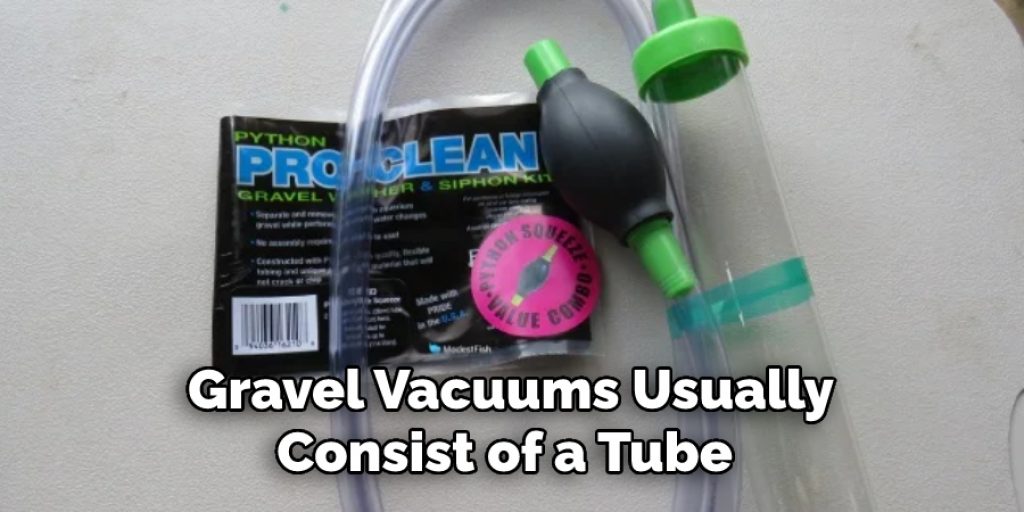
A gravel vacuum is a great tool for cleaning your fish tank without getting your hands wet and dirty!
Why Do You Need to Clean a Fish Tank?
Cleaning a fish tank is an essential part of maintaining a healthy aquatic environment. It helps to remove debris, uneaten food, and other contaminants that can build up in your tank and cause harm to the fish. Regular cleaning also helps balance out water parameters such as pH, ammonia levels, and nitrate levels, ensuring that your fish stay healthy and happy.
Frequently Asked Questions
Q: How Often Should I Clean My Fish Tank?
A: The frequency of cleaning your fish tank depends on the size and type of fish you have in your tank. Generally, doing a full cleaning of your tank at least once every two weeks is recommended. Additionally, you should perform regular water changes and maintenance to keep your tank clean.
Q: Is A Gravel Vacuum Necessary To Clean A Fish Tank?
A: While a gravel vacuum is useful for cleaning fish tanks, it’s unnecessary. With the steps outlined in this guide, you can get your tank clean without a gravel vacuum. However, if you do choose to use a gravel vacuum for your tank, make sure you follow the manufacturer’s instructions carefully.
Q: What Can I Use To Clean The Filter?
A: An aquarium-safe cleaner is the best choice for cleaning filter media in fish tanks. Many aquarium stores sell filter cleaners specifically designed for this purpose. Alternatively, if necessary, you can use a mixture of vinegar and water to clean the filter media gently.

Conclusion
Overall, cleaning a fish tank without a gravel vacuum is doable with the right knowledge and supplies. In this article, we have given you all the information on how to clean a fish tank without a gravel vacuum. It may take more effort and time to get the job done than if you had access to specialized tools such as a gravel vacuum but it’s definitely possible.
Now that you have learned how to clean your fish tank without a gravel vacuum, you can start finding creative ways to make the process simpler. Consider using different methods for algae removal such as using an algae magnet or manually scrubbing with a soft-bristled brush. Additionally, test the water weekly and regularly replace activated carbon in your filter medium to ensure that your tank is well maintained.
The most important thing is not what method you use but rather that your fish will be safe from toxins created by rotting waste particles on the bottom of their home. With these tips in mind, you will have no problem keeping your aquarium clean and healthy for years to come!

